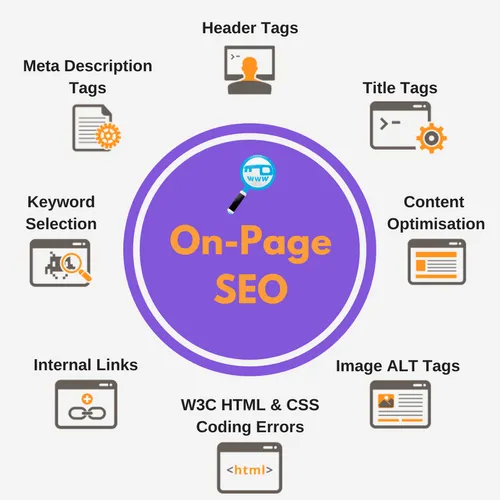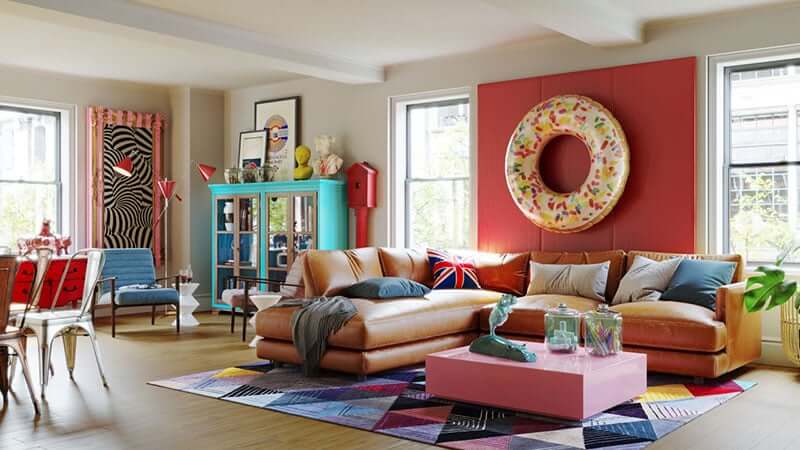Unveiling the Future: Environmental 3D Design Revolutionizing Sustainability
In the ever-evolving landscape of sustainable solutions, one groundbreaking concept has emerged at the forefront – Environmental 3D Design. This innovative approach not only redefines how we perceive design but also plays a pivotal role in shaping a more eco-friendly and sustainable future.
Understanding Environmental 3D Mastery
Environmental 3D Design is a multidisciplinary field that combines the principles of design, technology, and environmental science. At its core, it seeks to create aesthetically pleasing and functional designs while minimizing the ecological footprint. This approach goes beyond traditional design practices by incorporating advanced 3D modeling techniques to visualize and optimize environmental impact.
The Importance of Sustainable Design
As the global community grapples with environmental challenges, the need for sustainable design has never been more critical. Environmental 3D Mastery addresses this need by fostering creativity and innovation in a way that respects and preserves the delicate balance of our ecosystems.
Key Elements of Environmental 3D Design
Sustainable Materials and Resources
Incorporating eco-friendly materials and responsibly sourced resources is a fundamental aspect of Environmental 3D Design. By leveraging cutting-edge 3D modeling tools, designers can explore and select materials that have minimal environmental impact, promoting a more circular and sustainable economy.
Energy Efficiency and Optimization
Environmental 3D Design also focuses on optimizing energy usage. Through intricate simulations and analysis, designers can create structures and products that maximize energy efficiency, thereby reducing overall environmental impact. This emphasis on energy optimization is crucial for creating a more sustainable built environment.
Landscape Integration
A unique feature of Environmental 3D Design is its ability to seamlessly integrate structures with the natural landscape. By analyzing and visualizing the impact of designs on the environment, designers can ensure that their creations harmonize with the surrounding ecosystem, promoting biodiversity and ecological balance.
The Technological Edge
The integration of advanced technologies sets Environmental 3D Design apart from conventional design practices. High-tech tools like Building Information Modeling (BIM) and 3D rendering software empower designers to simulate real-world scenarios, allowing them to make informed decisions that prioritize sustainability.
Applications Across Industries
Environmental 3D Design is not limited to a specific industry; its applications are diverse and impactful. From architecture and urban planning to product design and manufacturing, this approach is transforming how professionals approach their work.
Architecture and Urban Planning
Architects and urban planners utilize Environmental 3D Mastery to create green buildings and sustainable urban spaces. The ability to visualize the environmental impact of architectural decisions ensures that designs contribute positively to the overall ecosystem.
Product Design and Manufacturing
In the realm of product design, Environmental 3D Design enables the creation of sustainable and eco-friendly products. Designers can simulate the entire life cycle of a product, from raw material extraction to disposal, ensuring minimal environmental impact at every stage.
Challenges and Opportunities
While Environmental 3D Design presents immense opportunities, it also comes with its set of challenges. Designers and industries need to overcome barriers such as cost implications and the learning curve associated with adopting new technologies. However, the long-term benefits in terms of sustainability far outweigh the initial challenges.
Expanding on Environmental 3D Design
Social Impact and Community Engagement
Environmental 3D Design goes beyond its ecological impact; it also plays a crucial role in social sustainability. By engaging communities in the design process, designers can address local needs and preferences, fostering a sense of ownership and pride. This collaborative approach ensures that the designed spaces or products not only benefit the environment but also enhance the quality of life for the people who interact with them.
Virtual Reality (VR) Integration
An exciting dimension of Environmental 3D Design is its integration with virtual reality (VR). Designers can create immersive experiences, allowing stakeholders to virtually explore and experience the designed spaces before they are built. This not only enhances the design process but also reduces the likelihood of costly revisions, contributing to resource and cost efficiency.
Must Read About: 10 Popular Web Development Tools Every Programmer Should Know
The Role of Regulations and Certifications
As the importance of sustainability grows, governments and organizations worldwide are implementing regulations and certifications to encourage Graphic design services. Certifications like LEED (Leadership in Energy and Environmental Design) provide a framework for evaluating the environmental performance of buildings. Adhering to such standards ensures that designs meet internationally recognized sustainability benchmarks.
Life-Cycle Assessment (LCA)
Environmental 3D incorporates Life-Cycle Assessment (LCA) methodologies to evaluate the environmental impact of a design throughout its entire life cycle. This comprehensive analysis considers factors such as raw material extraction, production, transportation, usage, and disposal. By understanding the holistic impact, designers can make informed decisions to minimize the environmental footprint of their creations.
Conclusion
Environmental 3D Design stands as a beacon of hope in the quest for a sustainable future. By combining creativity, technology, and environmental consciousness, designers have the power to shape a world where aesthetics and sustainability coexist harmoniously. As we continue to embrace this revolutionary approach, the ripple effects will undoubtedly leave a lasting positive impact on our planet. Environmental 3D Mastery is not just a design philosophy; it’s a commitment to a greener, more sustainable tomorrow.






